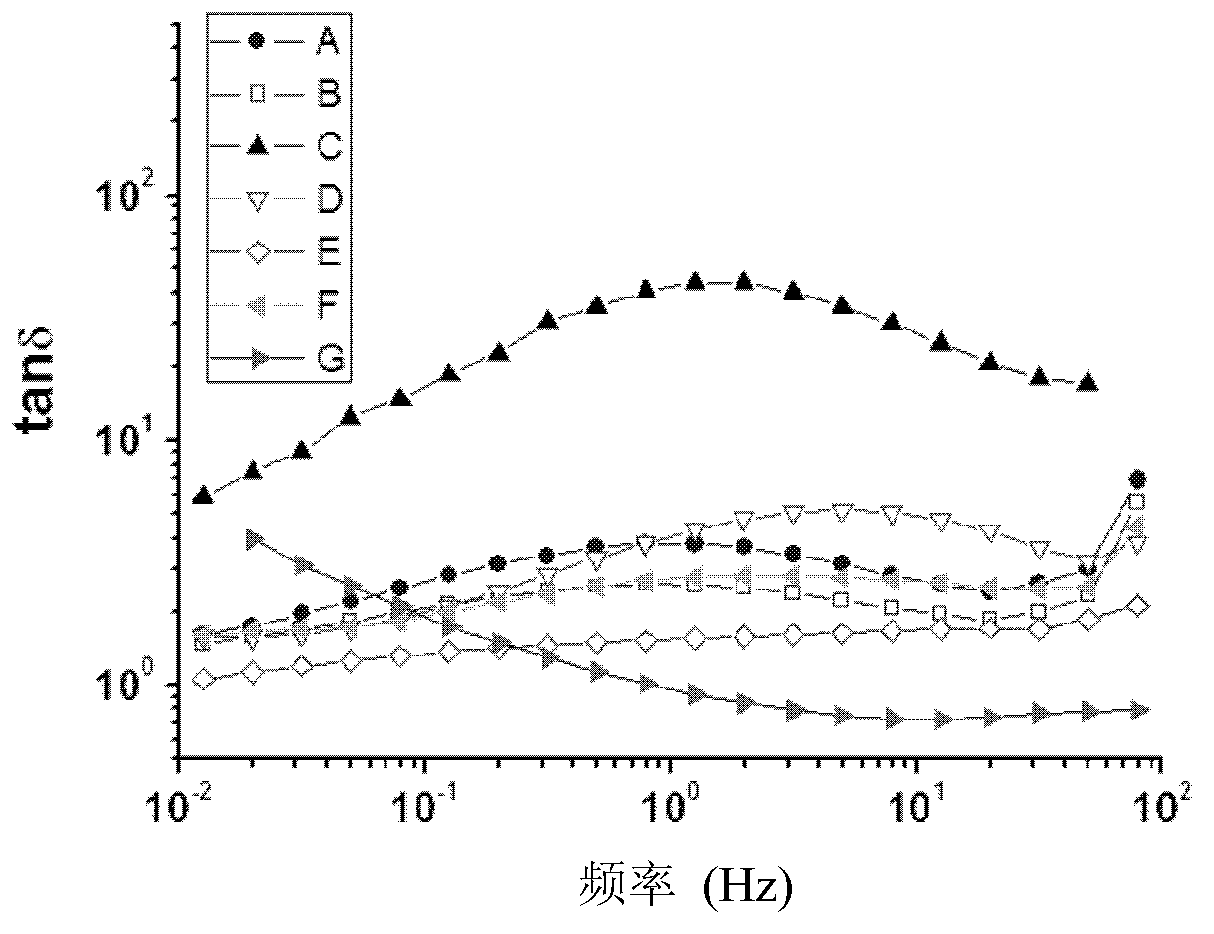Hydrocolloid adhesive and hydrocolloid dressing
An adhesive and hydrocolloid technology, applied in adhesives, medical science, absorbent pads, etc., can solve problems such as reducing cold flow and achieve the effect of good softness
- Summary
- Abstract
- Description
- Claims
- Application Information
AI Technical Summary
Problems solved by technology
Method used
Image
Examples
Embodiment 1
[0092] Example 1: Preparation of enhancer
[0093] Put 8 g of acrylic block copolymer ABC1 and 12 g of acrylic block copolymer ABC2 into a Brabender mixer (available from C.W. Brabender Instruments), and mix at 150° C. and 40 rpm for 20 minutes. The mixture was taken out and cooled to room temperature to obtain a reinforcing agent, which was used to prepare the hydrocolloid adhesive in the following Examples 2-7.
Embodiment 2-7
[0095] The reinforcing agent obtained in Example 1, PIB1, PIB2, tackifying resin, CMC, and diSol were put into the Brabender mixer according to the composition ratio of Table 1, and mixed at 150° C. and 40 rpm for 20 minutes. The mixture was taken out and sandwiched between two silicone release papers and cooled to room temperature.
Embodiment 8
[0098] Example 8. Rheological properties test
[0099] The rheological properties of the hydrocolloid adhesives prepared in Examples 2-7 of the present invention and Comparative Example 1 were tested. The method is as follows: The test instrument is TA Company's ARES dynamic rheometer, and a flat clamp with a diameter of 25mm is used. Perform a frequency sweep test at 32°C and 5% strain with a frequency range of 0.01-10 Hz, and record the elastic (storage) modulus (G') and loss tangent (tanδ). At low frequencies (0.01-0.1 Hz), the smaller the G'modulus, the softer the adhesive being tested, and the larger the tan δ, the better the flowability of the adhesive being tested. The softer the adhesive and the better the fluidity, the better the adhesion of the adhesive to the skin, and the better the leak-proof performance when used for skin protection around the stoma. It is used as a sealant for negative pressure drainage treatment The better the sealing effect during surgery.
PUM
 Login to View More
Login to View More Abstract
Description
Claims
Application Information
 Login to View More
Login to View More - R&D
- Intellectual Property
- Life Sciences
- Materials
- Tech Scout
- Unparalleled Data Quality
- Higher Quality Content
- 60% Fewer Hallucinations
Browse by: Latest US Patents, China's latest patents, Technical Efficacy Thesaurus, Application Domain, Technology Topic, Popular Technical Reports.
© 2025 PatSnap. All rights reserved.Legal|Privacy policy|Modern Slavery Act Transparency Statement|Sitemap|About US| Contact US: help@patsnap.com



